Hidden about 70 miles west of Key West, Florida, Dry Tortugas National Park is one of the most remote and mysterious destinations in the United States. Composed of seven small islands surrounded by crystal-clear waters, vibrant coral reefs, and a massive 19th-century fort, the Dry Tortugas is a haven for history buffs, marine life enthusiasts, and adventurous travelers. From lost fortresses to shifting sands and coral cities, let’s dive deep into the untold secrets of this Caribbean paradise.
The Majestic Fort Jefferson: A Lost Fortress in the Sea
At the heart of Dry Tortugas lies Fort Jefferson, the largest masonry structure in the Western Hemisphere. Built in the 1800s as a coastal defense fortress, it was never officially completed or fully armed. Despite this, its sheer size and strategic location made it crucial for protecting the Gulf of Mexico and Atlantic trade routes.
Over 16 million bricks form its massive six-sided walls, yet Fort Jefferson was never the site of a major battle. Instead, it served as a military prison during the Civil War. One of its most famous inmates? Dr. Samuel Mudd, the physician who treated John Wilkes Booth after the assassination of President Abraham Lincoln.
Shifting Sands: Nature’s Constant Rebirth
The Dry Tortugas aren’t just historical relics — they are living, shifting landscapes. The islands are made of sand and coral, making them highly vulnerable to erosion, storms, and rising sea levels. Over the years, some islands have changed shape or even disappeared beneath the waves.
Garden Key, the island that houses Fort Jefferson, is constantly changing due to wave action and tides. Sandbars appear and vanish. Seagrass beds shift. These movements create a dynamic environment that supports rare bird habitats and unique marine ecosystems.
Coral Cities: Underwater Wonders of Dry Tortugas
Beneath the surface, Dry Tortugas boasts some of the healthiest coral reefs in the Florida Keys. While much of the world’s coral is suffering from bleaching and pollution, the park’s isolation has helped preserve vibrant coral ecosystems teeming with marine life.
Divers and snorkelers can witness flourishing coral cities, with colorful species such as elkhorn coral, staghorn coral, and brain coral. These underwater gardens are home to angelfish, barracudas, sea turtles, nurse sharks, and the endangered Goliath grouper. The coral reefs not only protect the islands but also play a critical role in biodiversity.
Birdwatching and Biodiversity: A Natural Treasure
Dry Tortugas is a prime destination for birdwatching, especially during the spring migration. Over 300 bird species stop here as part of their journey between North and South America. The park is the only U.S. nesting site for the sooty tern, and you’ll often spot brown noddies, magnificent frigatebirds, and masked boobies.
The island’s biodiversity goes beyond the skies. From sea turtles nesting on sandy beaches to unique flora adapted to the salt and sun, Dry Tortugas is a vibrant microcosm of coastal and marine life.
Getting There: An Adventure in Itself
Accessing Dry Tortugas requires effort — and that’s part of the allure. You can reach the islands by seaplane or ferry from Key West. The journey offers panoramic views of turquoise waters, shipwrecks, and atolls.
Because of its remote location and lack of modern amenities, the park offers a back-to-basics experience. Camping under the stars, swimming in pristine waters, and exploring historical ruins without crowds make it a once-in-a-lifetime destination.
Preserving the Secrets: Conservation and Responsibility
Dry Tortugas National Park is protected by the National Park Service, and conservation efforts are ongoing to combat climate change, coral disease, and human impact. Visitors are encouraged to practice sustainable tourism, including carrying out trash, respecting wildlife, and using reef-safe sunscreen.
Why Visit Dry Tortugas?
Discover unspoiled coral reefs and marine life.
Explore the awe-inspiring Fort Jefferson, a historical marvel.
Experience island camping and crystal-clear snorkeling spots.
Witness unique bird migrations and nesting sites.
Escape the crowds for an authentic, off-the-grid adventure.
Final Thoughts
Dry Tortugas National Park is more than just an isolated cluster of islands. It’s a place where history meets nature, where fortresses guard coral kingdoms, and where sands never settle. For those willing to venture off the beaten path, Dry Tortugas offers secrets worth discovering.

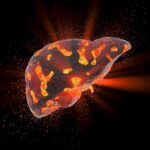



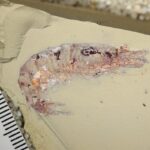


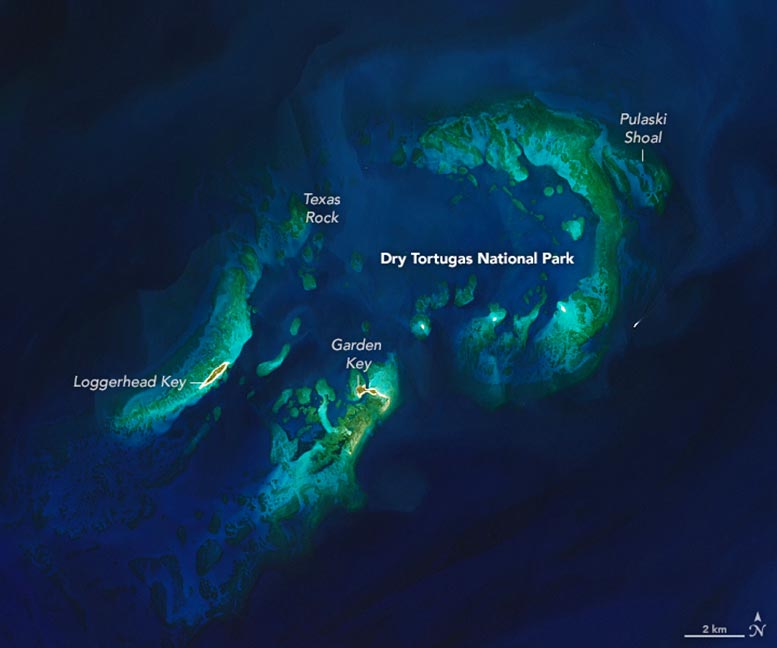
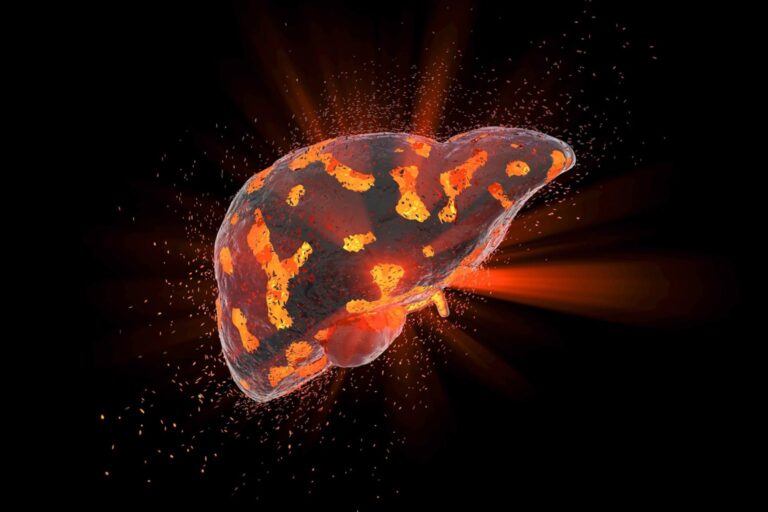





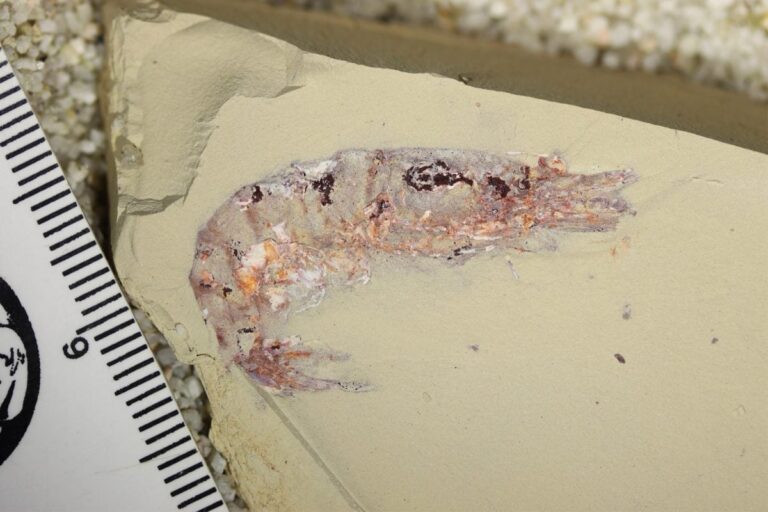

+ There are no comments
Add yours